The FN FNC is an assault rifle chambered in a 5.56×45mm NATO caliber and was developed by the Belgian arms manufacturer FN Herstal. The rifle was designated in the late 1970s and introduced into the service in 1979.
Introduction
Some years ago the Belgian Fabrique Nationale (FN) company developed a 5.56 mm rifle which they called the CAL (Carabine Automatique Legere), anticipating that 5.56 mm would become popular as a military caliber; they were right, but it took longer than they thought and the CAL was rather in advance of its time.
Several armies bought small quantities for evaluation, and their reports, together with FN’s own expertise, suggested that it should be possible to develop a cheaper and better design: this FN did, the result being the FNC. It has undergone extensive military trials in Sweden and in some NATO armies, and the Indonesian Army has adopted it for service.
Design
The FN FNC makes extensive use of pressed steel and plastic components; it follows the general pattern of FN automatic rifles and the body opens on a front hinge pin to allow the working parts to be withdrawn to the rear. The operation is by gas tapped from the barrel and fed to a conventional gas cylinder above the barrel.

The gas piston is driven back to strike a bolt carrier which contains the usual type of two-lug rotating bolt. The bolt and carrier are among the few components in the FN FNC which demand precision machining. The gas cylinder has a two-port regulator which can be switched from the normal position to admit more gas when operating under adverse conditions.
The trigger mechanism allows the selection of single shots, three-round bursts, or full-automatic fire, controlled by a selector switch on the left side. The box magazine is interchangeable with that of the United States M16A1 rifle, and both can be folded alongside the receiver either for transport or to make the weapon more compact for use in the submachine gun role.
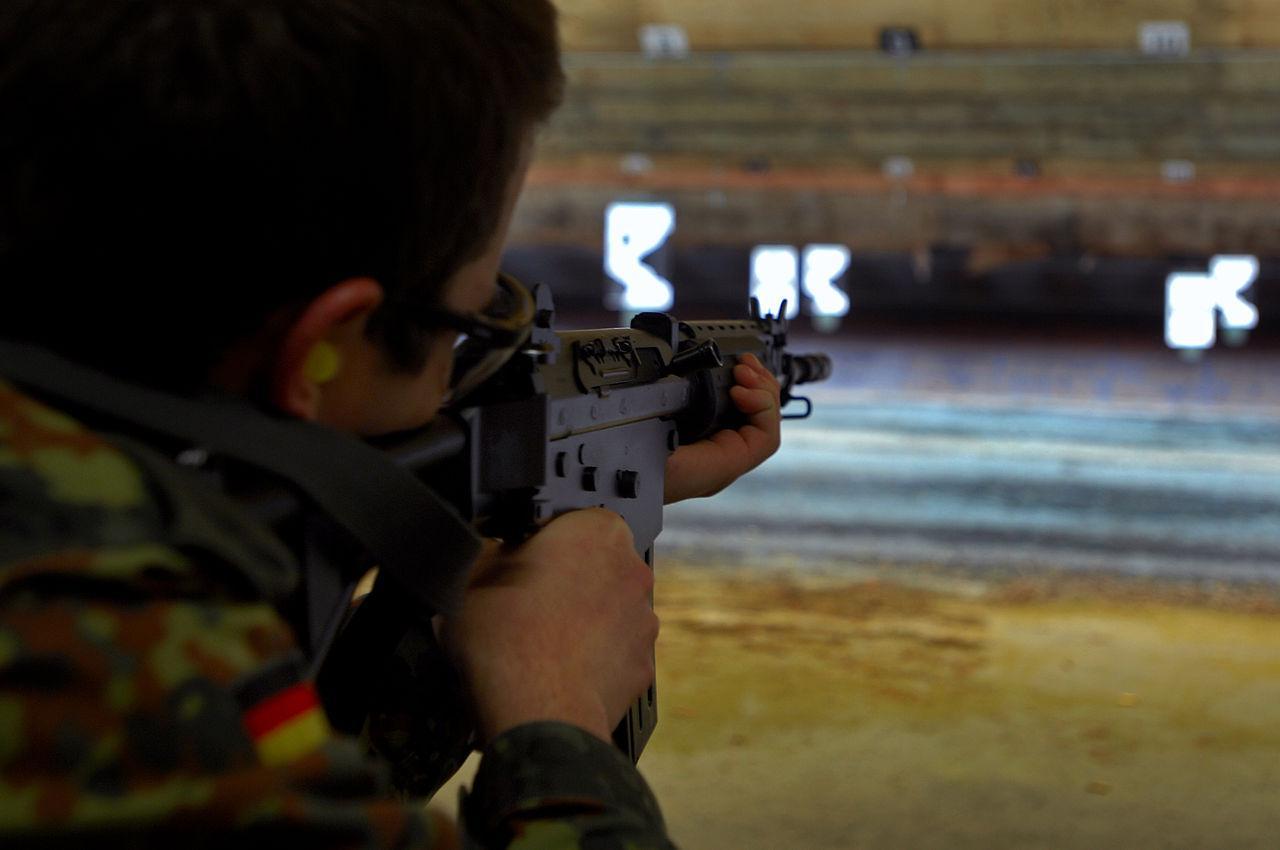
The barrel is rifled one turn in 32 calibers, much tighter than previous 5.56 mm weapons, and is optimized for use with the Belgian SS109 bullet, which has been selected as NATO standard. With this ammunition, the three-round burst will deliver shots dispersed by 70 cm at 500 m range and will penetrate the standard U.S. Army steel helmet at over 1000 yards. The standard sights consist of a front post and a flip aperture rear sight set for 250 m and 400 m, but the rifle can accept all types of telescope, image intensifying and thermal imaging sights for sniping or night use.
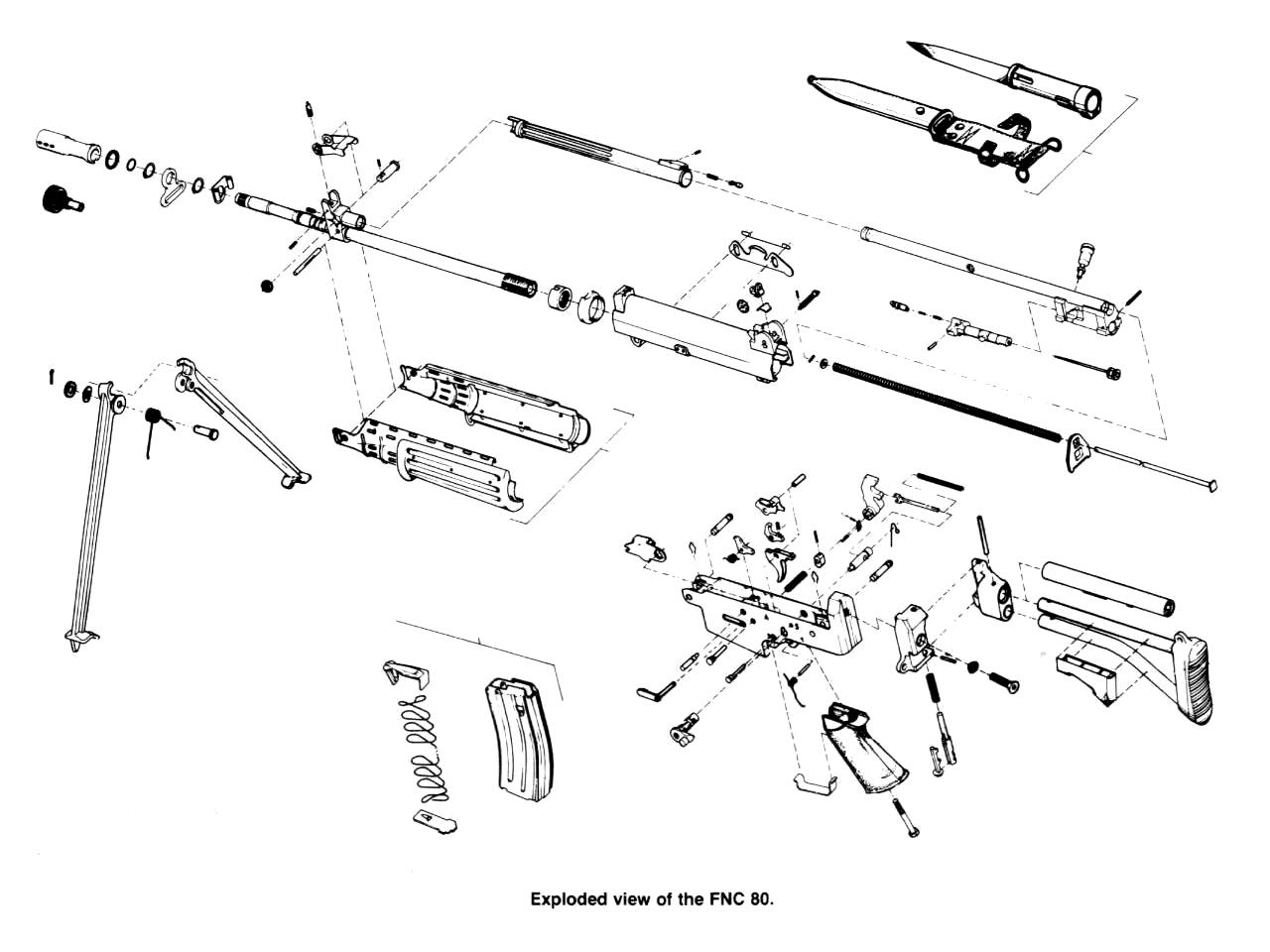
Variants
The FN FNC is produced in two primary configurations: a standard rifle and short (carbine) length. The “Standard” Model 2000 rifle and the “Short” Model 7000 carbine are equipped with barrels with 6 right-hand grooves and a 178 mm (1:7 in) rifling twist rate used to stabilize the longer and heavier Belgian SS109 bullet. The Model 0000 rifle and Model 6000 carbine uses a slower 305 mm (1:12 in) twist rate for the shorter and lighter American M193 bullet.
Fabrique Nationale also offers semi-automatic-only Law Enforcement carbine versions: the Model 7030 with a 178 mm (1:7 in) rifling twist and the Model 6040 with a 305 mm (1:12 in) twist rate. These single-fire carbines feature a 410 mm (16.1 in) barrel and are also capable of firing rifle grenades and mounting a bayonet.
Swedish AK 5
The Swedish service rifle built by Bofors Ordnance (currently BAE Systems Bofors) is a modernized Model 2000 rifle without the 3-round burst fire control setting. It was accepted into service in 1986 as the Ak 5 after extensive trials.
Indonesian Pindad SS1
A modified version of the FN FNC, produced under license as the Pindad SS1 with adaptations for jungle climate conditions, is used as the standard service rifle of the Indonesian National Armed Forces. The Pindad SS2 is an updated version of the Pindad SS1. SS2 rifles have been phased into service since 2006 in the Indonesian military and police in order to gradually replace the SS1 rifles which were in service from the 1990s.
FN FNC vs AK 5
The two weapons are different versions of the same weapon. In fact, there is no major difference except that the AK 5 is more suitable for winter conditions. So … the answer, aside from personal preferences, is that neither weapon is better than the other.
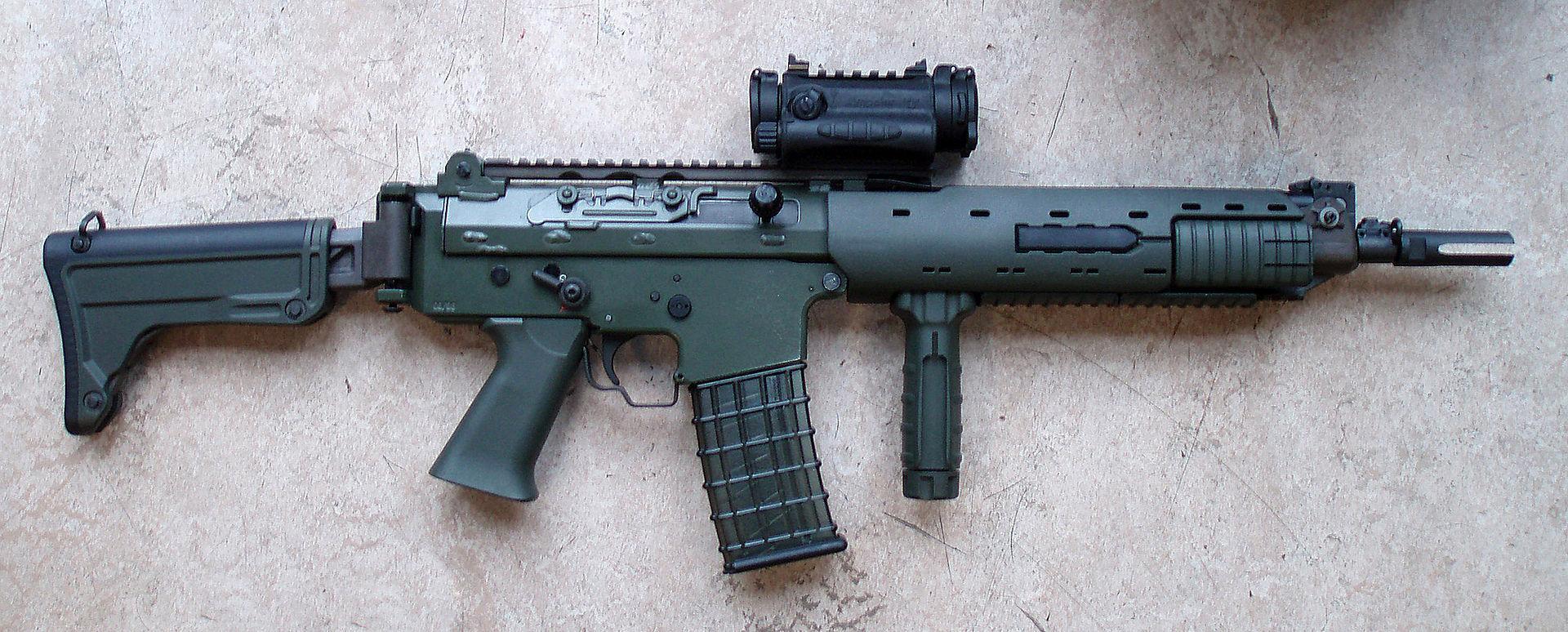
Technical specifications: FN FNC
| Manufacturer: | Fabrique Nationale d’Armes de Guerre, Herstal, Belgium |
| Designed: | the late 1970s |
| Service: | 1979–present |
| Type: | gas-operated, selective fire |
| Caliber: | 5.56 mm (.223) |
| Barrel: | 17.7 in (450 mm) |
| Weight (empty): | 8.37 lbs (3.80 kg) |
| Effective firing range: | 250–400 m sight adjustments; maximum firing range: 450 m; |
| Rate of fire: | 650 rounds per minute |
| Magazine capacity: | 30-round detachable magazine |


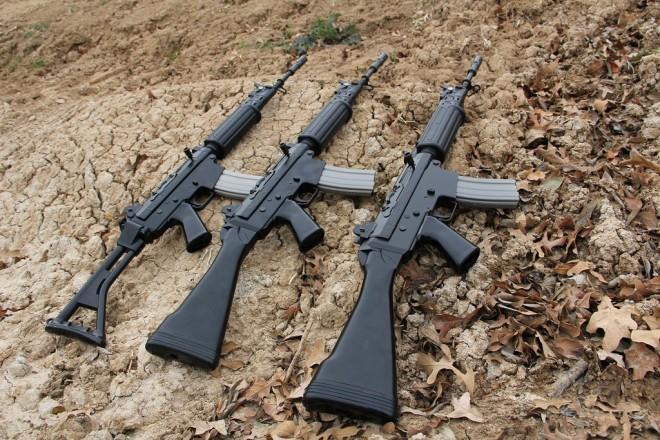
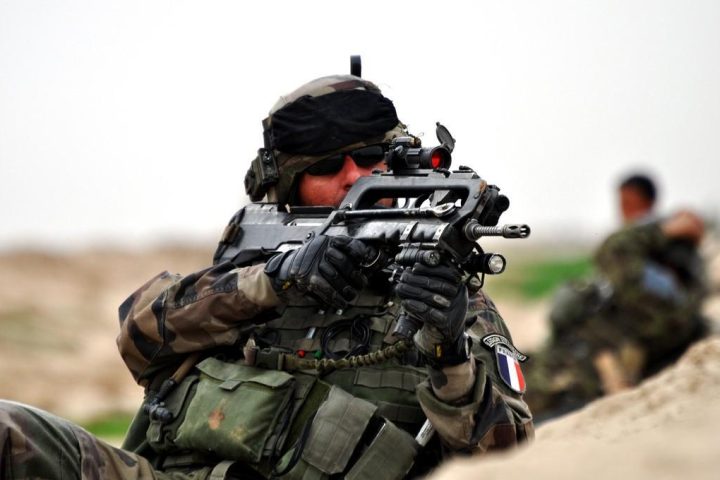
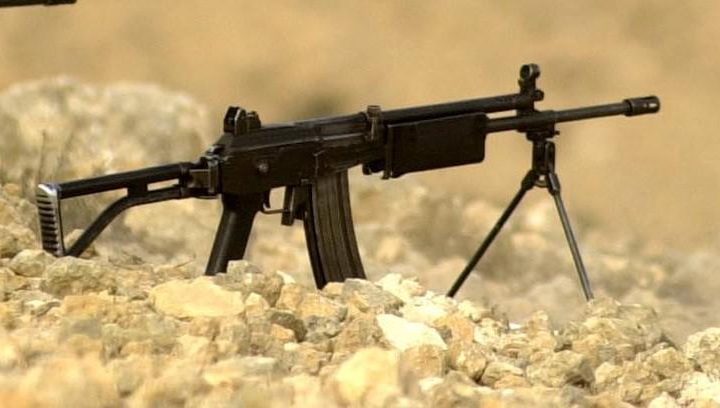
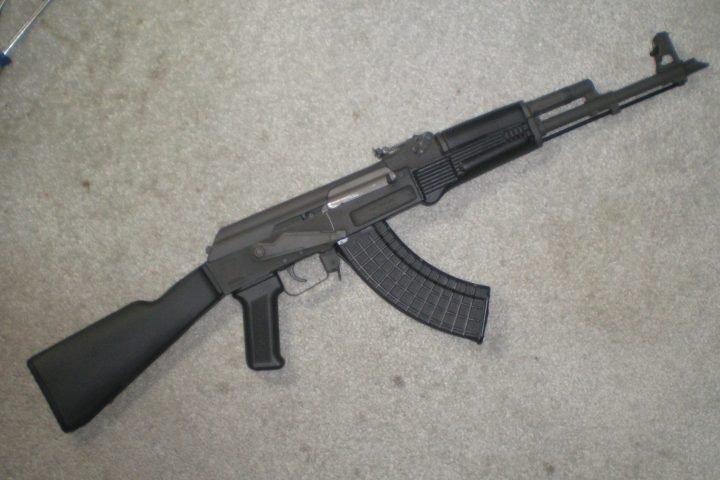








Are these guns for sale
If so price range and location
What is the present day cost of the fn fnc rifle? 6/15/2022?
Excellent FNC Information, knowledgeable well informed contributors ! Thank you.